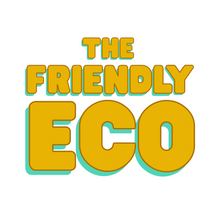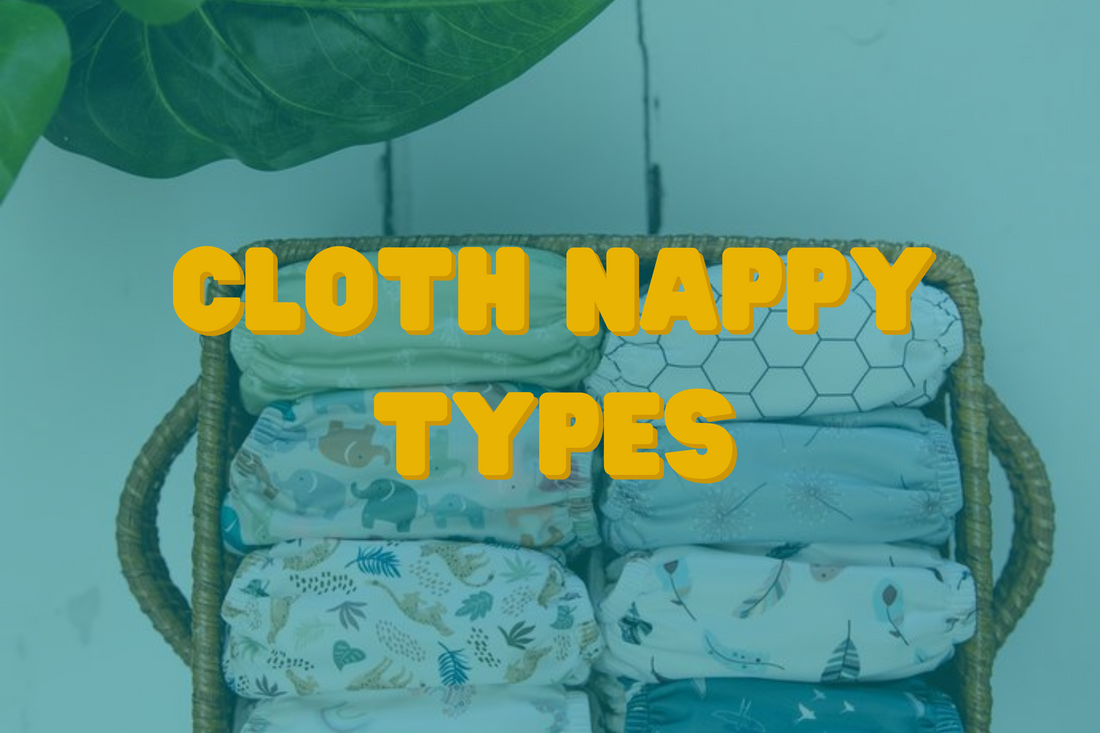When starting out with cloth the options can seem overwhelming. You'll inevitably find yourself wondering which is the best nappy, and wondering why on earth they aren't all created equal! Truthfully, there is no 'best' nappy that is far superior, no matter what that mum on social media says! It's entirely down to the personal preference of both you and your baby, all nappies have their own pros (and cons) and it's up to you to decide which is easiest and most effective.
We would always recommend trying a few brands and styles before investing in a full kit, you can either purchase a few various options to try or book one of our Hire Kits which comes with a £30 voucher to use towards your own stash once you know what you like!
If you find yourself stuck on the lingo, we also have a Terminology Guide to get you started. Just remember that a basic nappy just needs two things - an absorbent inner and a water resistant outer.
All In One's (AIO's)
An all-in-one nappy is the closest you will get to a disposable, and explains itself pretty well! It contains everything needed to go straight on baby's bum without the faff of stuffing or folding. Typically these nappies are loved by childcare providers and grandparents as an easy option when looking after baby. They'll typically fit from 12lbs to potty training, but do usually need a little boosting when baby starts wetting more at approx. 10 months onwards, so not quite true to name for all.
Pro's - Zero prep required, easy for a novice to fit, closest to a disposable for ease.
Con's - Can be slower drying due to layers being attached, may need boosting at a later stage, are often a more expensive option.
All-in-one nappies include Little Lovebum Everyday, TotsBots EasyFit Stars, and Bambino Mio Miosolos.



Pro's - Minimal prep required, another easy option for childcare providers, can often replace the inner and reuse the outer multiple times, quicker to dry than AIO's.
Con's - Can be an expensive option due to requiring specific brand inserts.
All-in-two's include Close Pop In Applix, Close Pop in Popper, and Tickle Tots 2's.

Pocket Nappies
Probably the most commonly used modern cloth nappy, it seems every parent has a few in their stash! These nappies consist of an outer shell with a pocket-style opening at the back in which you place your absorbent inserts. You have full control over which materials go into your nappy as well as the thickness and order of the inserts. These need 'stuffing' with their inserts after each wash/dry which takes around ten minutes every few days and can be done in front of the TV! Prices very by brand so can fit most budgets, they typically fit from 12lbs until potty training and can be adjusted easily as baby's toilet habits change.
Pro's - Can be an affordable option, full control over insert materials used, quick to dry (depending on insert material).
Con's - Requires a bit of prep work, need some knowledge of insert materials.
Pocket nappies include Baba & Boo One Size, Little Lamb One Size, and Alva Nappies.



Two Part Nappies:
The below nappies fall under the category of two-parter's. These are nappies consisting of two individual parts:
Inner Nappy - This can be a flat or fitted nappy, something with plenty of absorbency is best.
Outer Wrap - Also known as a cover, these can be made from PUL, wool or fleece. They provide the water resistant layer needed to contain wee/poo.
Having control over each part of the nappy gives the most customised fit and absorbency, but does require a bit of knowledge on the materials used and isn't always the best option for childcare or other family members who are used to disposables. Being able to change the inner nappy and reuse the wrap several times means this is a cheap and minimalist option.
Fitted Nappies
These nappies are a twist on the traditional terry towel, often used for night-time use due to their fantastic absorbency. These must be completed with a wrap/cover as they haven't got a water resistant layer included. Usually available as Bamboo or Cotton, but are also available as Hemp or Microfibre in some brands.
Pro's - Top absorbency, no folding required, last a full night.
Con's - Slow drying, bulky due to thickness.
Fitted Nappies include Little Lamb Cotton, Tots Bots Bamboozle, and Bambinex Bamboo.


Flats
Flats are as traditional as cloth nappies get. Terry squares, prefolds and even muslin cloths fall under this category. These nappies all need folding to your desired shape and size for your baby. The cheapest option available, but requiring a knowledge of various folds and a few minutes each nappy change to prepare the nappy. Muslin cloths can be folded like terry towels to fit newborns without the bulk, or folded into a pad shape and used to boost any other nappy. Prefolds are folded in thirds and used as an insert in a pocket nappy or wrap.
Pro's - Super cheap, can be repurposed when baby potty trains, fast drying, absorbent, tumble-dryable.
Con's - Time and patience required, difficult for nurseries/grandparents to use.
Flats Include Muslinz Muslin Squares, Bright Bots Terry Towels, and Muslinz Prefolds.



Wraps
Wraps, also known as covers, are a water-resistant outer for flat and fitted nappies. Made of PUL, fleece or wool, it's personal preference. These can be poppered, velcro or pull up and have a range of gussets/cuffs for containment.
Wraps include Popolini Vento, Petit Lulu Pull Up, and Muslinz Wraps.




